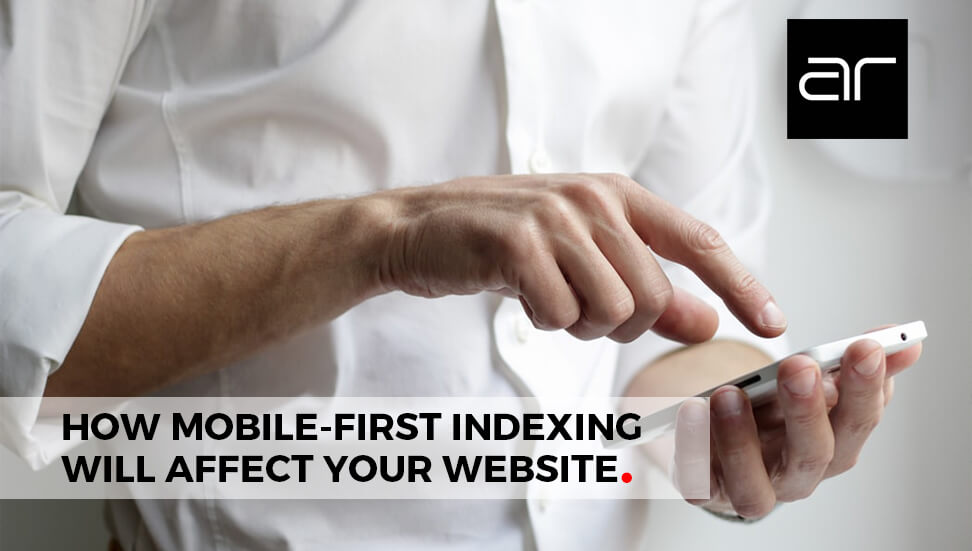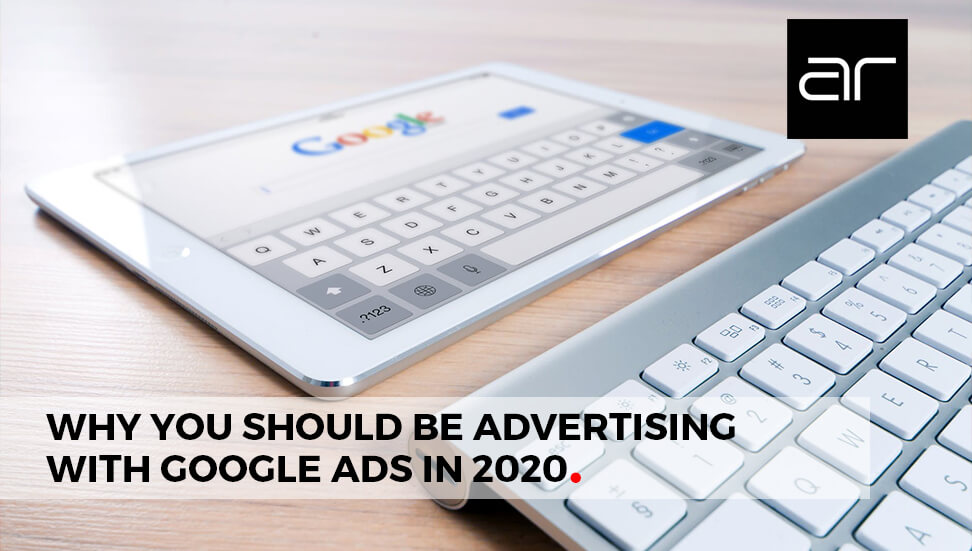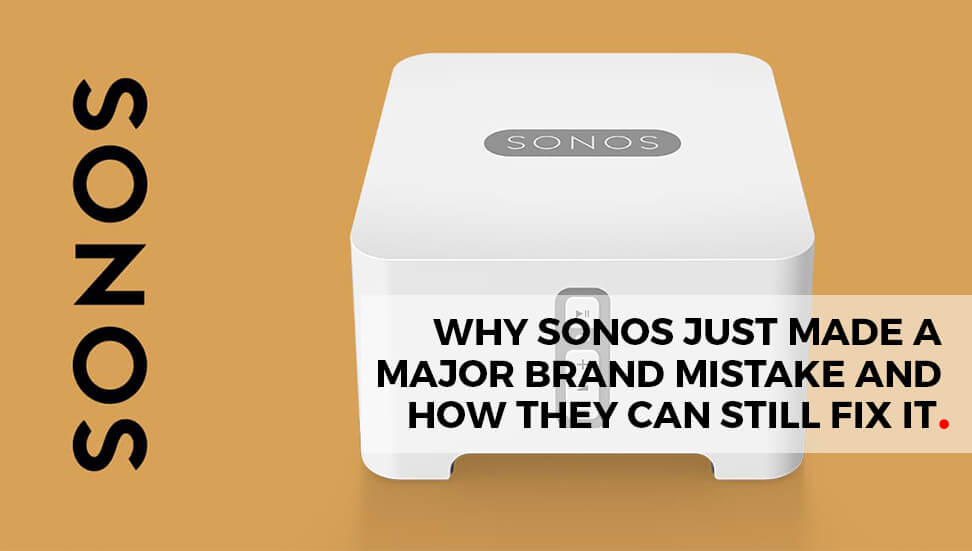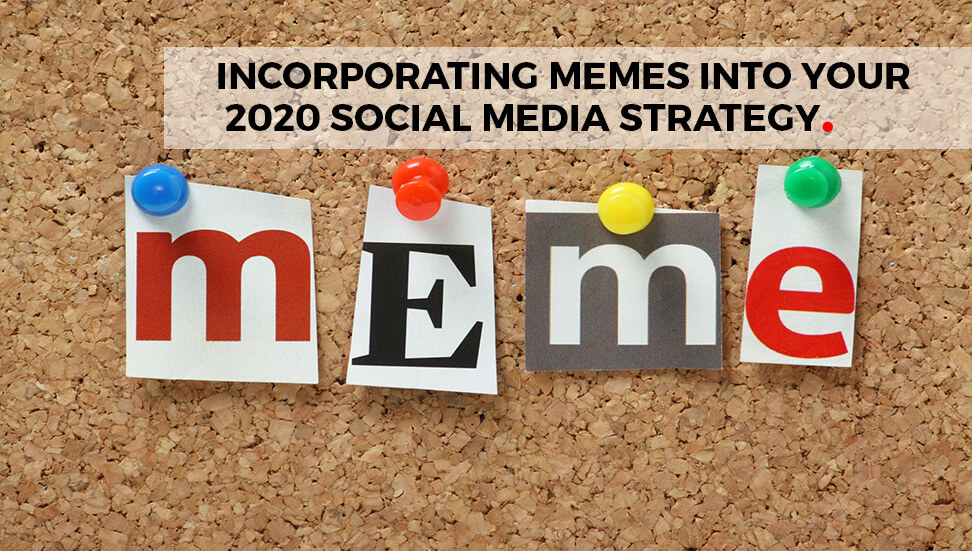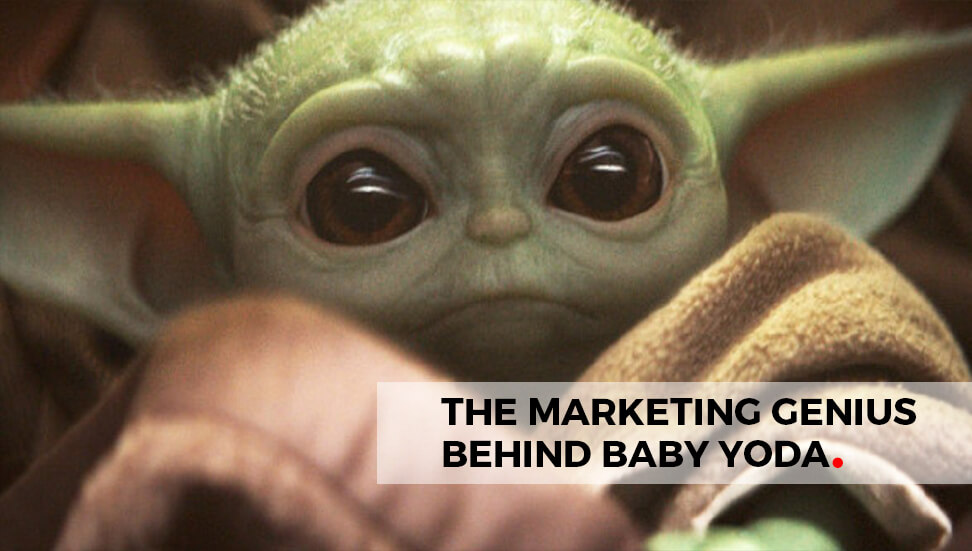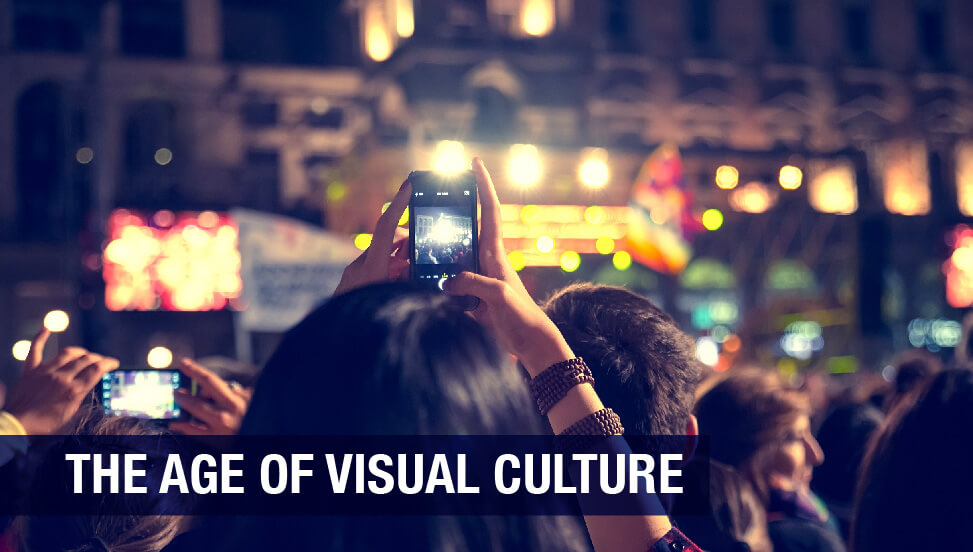6 Reasons We Live in a Visual Culture Age
We live in an age where everyone walks around with a camera phone in their pocket. Consumers are used to describing their tastes, preferences and emotions through photography and broadcasting it to their ‘market’ – which usually amounts to their close and casual acquaintances. Every aspect of life is happily snapped then shared to their friends via apps that allow you to add text and chat or bites of video messages, but for what reason? Why have photographs and images become the ‘new’ conversation medium? Where will it take us?
There are 5.2 Billion mobile phones on the planet for a population of 4.3 Billion users (yes, some people have multiple phones for work and home use, and apparently there’s nearly a billion of them). 83% of all those phones have cameras. The taking and sharing of images has never been so easy. Once upon a time people made memories, now people take photos and store it away on their mobile phones. So much so the same data cites that 90% of all people who take pictures have only ever done so on a camera phone. Images are becoming such an important part of everyday life that if you have a product to market you cannot afford to market without them. Plain text has become invisible. Cameras – optional. Images – essential.
It used to be that social media needed some plain text advertising as the mobile phone was not equipped to download images quickly enough to satisfy the patience level of the average user and were deleted before they were complete. Now even a basic phone is capable of a quick upload speed and a screen that can display the graphics in full, so that barrier no longer exists. Thanks to social media sites like Pinterest, Instagram and SnapChat, photos are becoming the ‘universal language’ as they express a lot of information, or as the Genie in Aladdin put it, ‘Phenomenal cosmic power … in an iddy biddy little living space’, that is easy to assimilate. Your marketing photos can have that kind of magic power. After all, images are so important Instagram was considered to be worth the billion dollars Facebook paid for it. If you don’t have marketing images for your company image or brand, then you will fall fatally behind. Your consumers are being bombarded with easily digested visual messages and some of them need to be yours.
Here are 6 statistics that prove we live in a visual culture age:
- Articles with images get 94% more total views
- Including a Photo and a video in a press release increases views by over 45%
- 60% of consumers are more likely to consider or contact a business when an image shows up in local search results
- In an ecommerce site, 67% of consumers say the quality of a product image is “very important” in selecting and purchasing a product
- In an online store, customers think that the quality of a products image is more important than product-specific information (63%), a long description (54%) and ratings and reviews (53%)
- Engagement rate on Facebook for photos averages 0.37% where text only is 0.27% (this translates to a 37% higher level of engagement for photos over text)
These statistics demonstrate that if you have a business, whether B2B or B2C, and want to drive higher, quality engagement and more sales, you need to include a portfolio of high definition, good quality marketing photos. The role of photos and images has reversed; smart marketers realise you no longer pin a relevant picture to the persuasive text – it’s the other way round. You pin the relevant text to the persuasive picture.
Images have become so powerful that all sites, programs and apps cater for them. If you want to send an email – add an image. Put up a tweet (yes, even Twitter the ‘original’ digital text conversation platform now has capacity for images) – add an image. The power of images does not seem to be diluted when it is shared. Your company needs to capitalize on it. Investing in professional marketing photography may seem like an outlay you can skimp on, but when you consider how many media you can use it in, how you can adapt it and how many times you can reinvent it, it really is an investment and not an outlay.
We really have no idea where images will take us next. With the level of manipulation available and the advances in technology anything is possible. Whatever happens with images you can be sure of one thing; in marketing terms… they are only going to get more important.
Rerferences:
Annual Mobile Industry numbers: http://communities-dominate.blogs.com/brands/2013/03/the-annual-mobile-industry-numbers-and-stats-blog-yep-this-year-we-will-hit-the-mobile-moment.html
http://arcreactions.com/using-images-wow-content-marketing/
http://www.mdgadvertising.com/blog/its-all-about-the-images-infographic/


